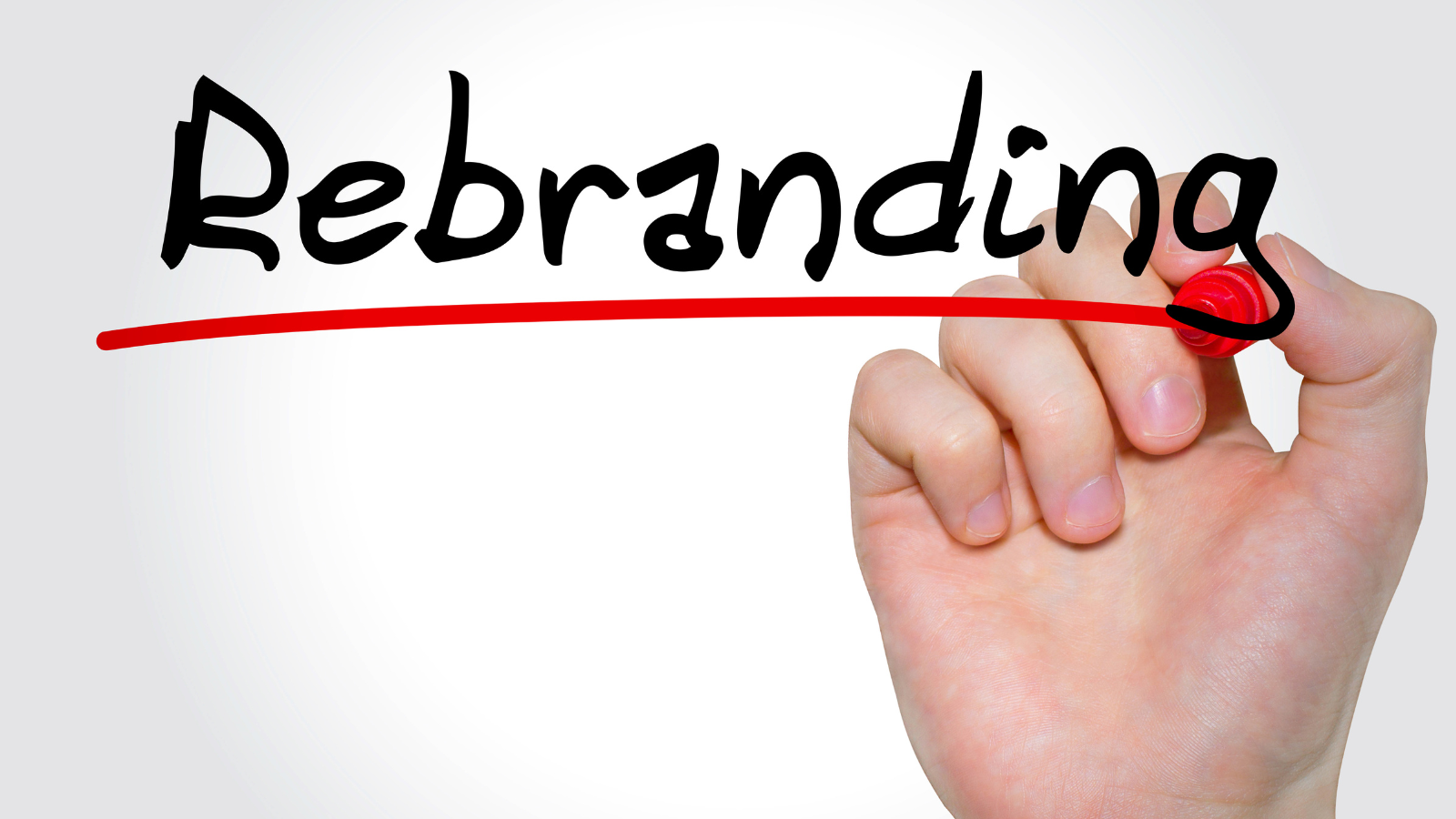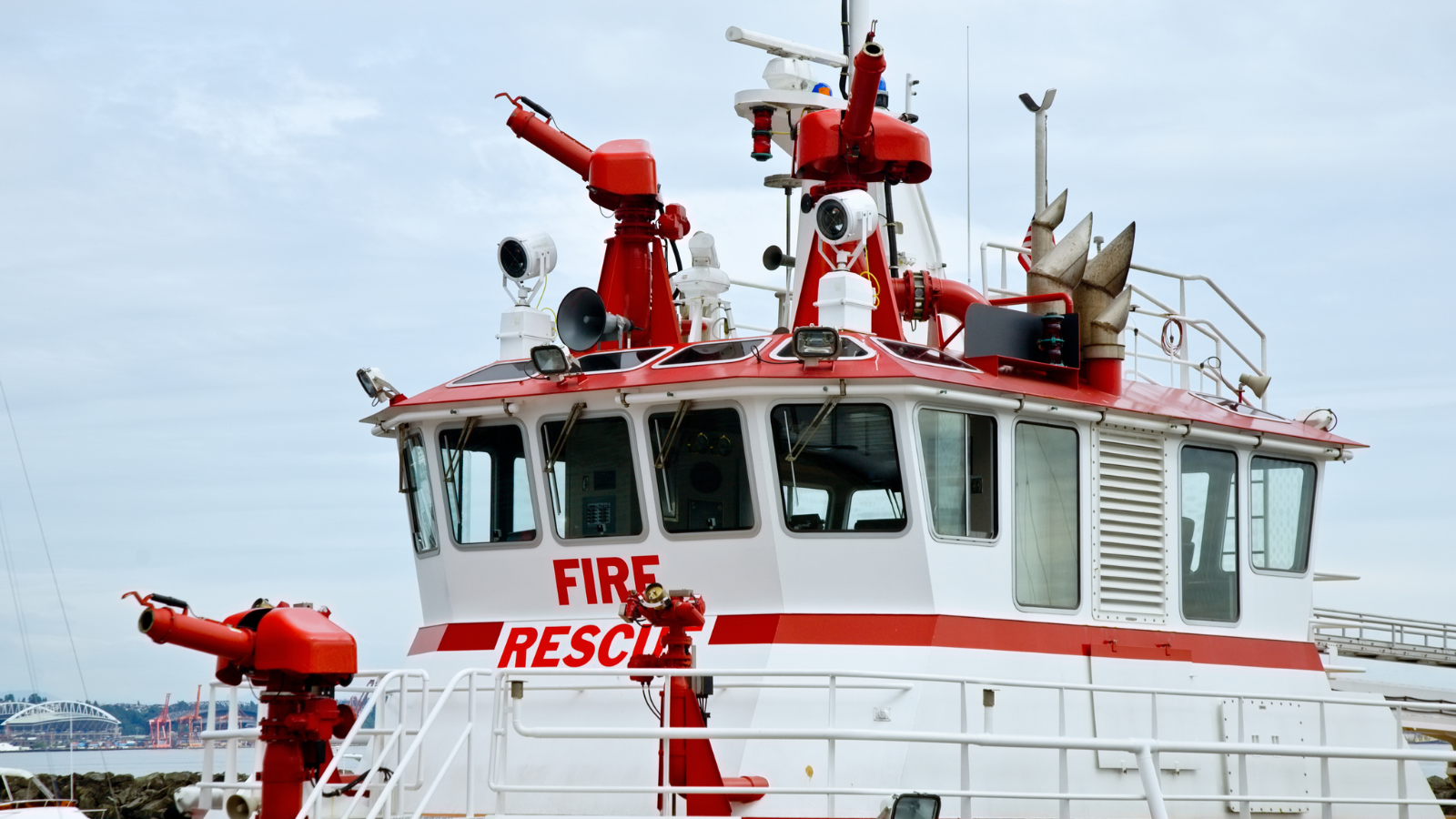Missouri Millions 💰
Good morning! Happy National Lighthouse Day, dear readers! As we celebrate the beacons of light that have guided countless ships safely to shore, we find inspiration in their unwavering resilience and steadfastness. Just like these maritime sentinels, the world of supply chain and logistics continues to navigate through turbulent waters, adapting and innovating to overcome challenges.
From cutting-edge technologies to sustainable practices, join us as we explore the strategies that will keep your supply chain shining bright amidst the changing tides. 🌊🔦
————
Missouri Governor Mike Parson, along with state transportation officials, has unveiled plans for the initial allocation of the $50 million budgeted for railroad crossing improvements. This comes in response to the tragic Amtrak derailment that occurred last year in Mendon, Missouri, claiming four lives and injuring 146 others. The National Transportation Safety Board attributed the derailment to poor design at the crossing.
The proposed recommendations from a recent study call for changes at 47 public rail crossings on three tracks, totaling approximately $18.5 million in costs, with 17 of them recommended for complete closure. The remaining budget will be directed toward enhancing freight train crossings. With a significant number of passive crossings lacking safety features in the state, officials emphasize the urgency to address these issues, and the tragedy in Mendon serves as a poignant reminder of the importance of investing in railroad safety upgrades.
Check out today’s featured article from AP News to learn more as to why Missouri has to allocate so much money for railroad crossings. Will this help prevent more catastrophes like the 2022 Amtrak derailment? Will the $50 Million be the solution or will there be more money spent later on?
Featured Article
Missouri budgets $50M for railroad crossings in response to fatal 2022 Amtrak derailment | AP News
“Missouri Gov. Mike Parson and state transportation officials on Thursday outlined options for spending the first chunk of $50 million budgeted for railroad crossing improvements in an effort to prevent tragedies like last year’s fatal Amtrak derailment.”
Bankruptcies & Lawsuits
Yellow Faces Class-Action Lawsuit Over Alleged Inadequate Notice of Layoffs
Yellow Corp. is facing a class-action lawsuit by a laid-off employee, Armando Rivera, who alleges that the company failed to provide the required 60 days' notice before mass layoffs affecting approximately 30,000 workers. The lawsuit was filed against Yellow and its subsidiaries in Delaware District Court. The recent shutdown of operations by the company, which was previously the third-largest less-than-truckload (LTL) provider in the U.S., has led to thousands of layoffs, including about 600 employees at the Bloomington, California terminal where Rivera worked.
The lawsuit seeks to represent a legal class of plaintiffs, aiming to recover unpaid wages, benefits, and other compensation that would have been covered under the Worker Adjustment and Retraining Notification Act (WARN Act). Yellow's claim that the layoffs were due to unforeseeable business circumstances and liquidation may be subject to interpretation in court. The company is also involved in a separate lawsuit with the Teamsters over a network overhaul.
Economy & Money Matters
Resilient U.S. Job Market Defies Recession Predictions Amid Cooling Conditions
The job market in the United States has shown signs of cooling over the summer, but it remains strong enough to dispel fears of a recession despite higher interest rates. In July, U.S. employers added 187,000 jobs, slightly below economists' expectations, but the unemployment rate dropped to 3.5%, indicating resilience in the job market. The Federal Reserve's 11 interest rate hikes since March 2022 have not significantly hindered hiring, and more Americans entered the job market last month, relieving pressure on employers to raise wages.
While the job market remains robust, some sectors, like temporary help jobs and manufacturing, experienced declines in employment. Overall, economists are increasingly optimistic that the U.S. economy can achieve a "soft landing" with controlled inflation and stable growth. However, businesses continue to struggle to find workers in a tight labor market.
Let’s Get Global 🌎
Checking out the scoop outside of the United States…
🛢Saudi Arabia Extends 1M-Barrel Oil Cut, Leaves Option to Deepen. Saudi Arabia has extended its unilateral oil production cut of 1 million barrels a day into September, and the country says it may extend or deepen the cuts further. This move by the leader of the Organization of Petroleum Exporting Countries (OPEC) is aimed at supporting the stability and balance of oil markets. The output cut will keep Saudi Arabia's production at about 9 million barrels a day, the lowest level in years. Crude futures rose in response to the announcement. Russia, a key ally of Saudi Arabia and a member of the OPEC+ producers group, also said it will extend its export curbs but with a slight tapering. The decision to extend the output cuts was expected by traders and analysts, as oil prices have recovered recently and the economic outlook remains uncertain.
🇨🇳 US Apparel Retailers Break Ties With China Amid Growing Concerns. A growing number of US fashion companies are distancing themselves from China as their top supplier, with 61% of apparel retail CEOs no longer relying on China as their primary source. This figure has doubled since before the pandemic, driven by concerns over diplomatic uncertainty and forced labor issues. Nearly 80% of these companies plan to reduce their sourcing from China over the next two years and are looking to countries like Vietnam, Bangladesh, and India as alternative suppliers with stable economic and political situations. US-China relations and the enforcement of the Uyghur Forced Labor Prevention Act have been key factors driving the shift away from China. While breaking ties with China poses challenges due to its efficient and low-cost production, many companies are diversifying their supply chains to mitigate risks associated with the region's cotton products, particularly from the Xinjiang region.
iLevel With You 🏡
More topics for the average American household to consider…
🛍 Overstock's Bed Bath & Beyond Rebrand Attracts New Suppliers. Overstock's acquisition of Bed Bath & Beyond's intellectual property in a bankruptcy auction for over $20 million in June has proven to be a boon for the company. Since relaunching under the Bed Bath & Beyond name this week with a merged website, Overstock has seen a 60% increase in its funnel conversion rate, indicating greater success in attracting new suppliers. The rebranding has made Overstock more appealing to prospective vendors, resulting in a significant increase in the number of new suppliers coming on board. Overstock's SKUs have increased by 600,000 since the acquisition, and the company's merchandising team is experiencing a tailwind from attaching its business model to the well-known and much-loved Bed Bath & Beyond brand name. The Bed Bath & Beyond acquisition has provided assistance to Overstock, which has been facing declining sales and financial challenges in recent quarters.
☀️ Extreme Heat Has a Searing Impact on Raising Gas Prices. This summer's historic heatwave is causing gasoline prices to surge to nine-month highs in the United States. Refineries, facing difficulties in handling extreme temperatures, are unable to meet the demand for gasoline, leading to supply shortages and higher pump prices. The situation is exacerbated by rising oil prices and production constraints set by major oil-producing nations like Saudi Arabia and Russia. The extreme heat is impacting refineries' ability to produce gasoline, diesel, and jet fuel, leading to increased costs and potential inflationary pressures. While the impact of high heat on gas prices may be easing slightly, the potential for major hurricanes in the Gulf Coast region, where many refineries are located, poses a risk of further supply disruptions and price spikes.
🛤 The Brightline Transformation in the U.S. is Revolutionizing Passenger Rail. Brightline, a Florida-based company owned by Fortress Investment Group, is challenging the traditional passenger rail model in the U.S. by offering a privately funded and operated alternative. The company's Miami to West Palm Beach line, launched in 2018, became the first privately funded passenger rail built in the country in a century. An expansion line to Orlando is set to open soon, with the total project cost reaching $6 billion. Brightline is aiming to transport 8 million people annually in Florida, and it believes it can be a profitable venture at that level. Additionally, the company is working on a high-speed rail line connecting Los Angeles to Las Vegas, with plans to break ground later this year. The project, costing $12 billion, will create thousands of jobs and hopes to be completed before the LA 2028 Olympics. Although privately operated, success may still require some level of subsidy to make high-speed rail financially viable.
Get Smart 🧠
Ramp up that brain power for these advanced topics…
🔥 Ship Fire Originated in Decks Containing Stored Cars. A ship fire off the Dutch coast that lasted almost a week originated in the upper decks where cars were stored, as stated by the CEO of the salvage company involved. The vessel, carrying almost 3,800 vehicles, including nearly 500 electric cars, was towed to the Eemshaven port in the Netherlands after the fire. Some of the ship's decks with cars remained intact, but the cause of the fire is yet to be determined. The ship was en route to Port Said, Egypt, and the investigation is ongoing. The vessel's cargo includes BMW and Mercedes-Benz vehicles, and it will likely take a few weeks to unload at the port. The ship's final destination was supposed to be Singapore, and it is owned by the same Japanese firm that owned the Ever Given, the container ship that got stuck in the Suez Canal in 2021.
🚛 Yellow Closure Disrupts LTL Sector. Less-than-truckload carrier Yellow Corp. has ceased operations after nearly 100 years in business, leading to disruptions in the broader LTL market. The company's $1.5 billion debt load, including $700 million owed to the federal government, and negotiations with the International Brotherhood of Teamsters on benefits for 22,000 union workers contributed to its closure. With Yellow's exit, its cargo and market share will be redistributed among other LTL carriers, leading to potential increases in shipping rates and capacity tightening. The company's ongoing negotiations with Apollo Global Management for debtor-in-possession financing are being closely watched, and its nonunion subsidiary Yellow Logistics is up for sale. American Trucking Association has created a portal to help former Yellow employees find new jobs in the trucking industry. Yellow Corp. ranked No. 13 on the Transport Topics Top 100 list of the largest for-hire carriers in North America and No. 3 on the LTL list.
🦺 Enhancing Worker Safety by Eliminating Heavy Lifting. New advances in computer vision are improving worker safety by addressing the deficiencies that have hindered robotic automation in taking over dangerous tasks for workers. Many older robotic systems struggled with substandard item detection and faulty information, leading to frequent failed picks and putting workers at risk. However, advanced computer vision is now being deployed by leading brands to increase successful picks and enhance worker safety. This technology is already making a significant impact in industries like logistics and manufacturing, reducing error rates and automating tasks previously handled by workers. As more industries prioritize worker safety, automation with advanced computer vision is expected to play a key role in reducing injuries and improving overall workplace safety.




































The Workday Dash is an aggregation of articles regarding the transportation logistics, trucking, and supply chain industries for November 27, 2024, from iLevel Logistics Inc.